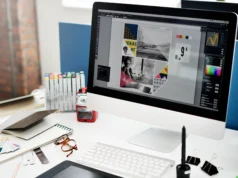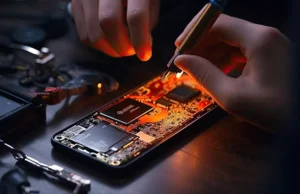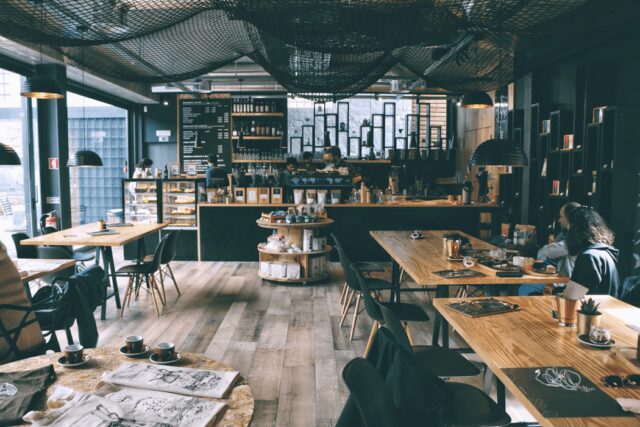
Anyone with even a minor interest or knowledge of the hospitality sector will tell you just how cut-throat and tough the industry is. Even prior to the coronavirus pandemic, the percentage of restaurants, cafes, and bars that succeeded was low, and by succeed, we simply mean staying open, and now the market has thinned out due to the sheer weight of closures caused by the virus.
Standing out from the crowd is one way to make sure that your restaurant endeavor is one that beats the odds. Servicing a niche or a need in your community and neighborhood is a great way to give your business an opportunity to survive and stay above water.
Maybe you are therefore thinking about changing things up or branching out, or adjusting your approach, part of which may entail a new design for your restaurant; if so, you need to make sure you do so for the right reasons and in a way that is sustainable and relevant.
In other words, you can’t expect to simply exchange your current layout setup with new restaurant tables and expect this to cut it or make any telling effect. There are many key aspects to take into account long before you get underway, which will help you to best realize your dream design; here are a few tips to consider.
Design That Reflects Your Menu and Your Brand

A couple of key questions to ask yourself and to consider at length in terms of your restaurant design are as follows.
What is our Brand? What are we selling? And do our design plans reflect the answers to questions one and two?
If you are going for a formal, evening crowd vibe, then your design and every aspect along the line (from the spacing of your tables to the uniforms your staff wear) needs to match. If you are opening a mom-and-pop diner, yes, there is less of a need to push a minimalist/understated vibe, but that doesn’t mean there is no design ethic in place.
Brainstorm with your partners about what your restaurant is all about. Come up with key terms, think about your leading items on the menu, do the relevant research about your geographical location and the relevant needs of an establishment like the one you intend on opening, make sure that you have done the leg work, and be as thorough as possible.
These things matter. In 2024 those who visit restaurants are doing so far less than they used to, and in some ways, their trips to eat out have become more of a luxury than at any time in the recent past; that means you can’t afford to cut corners or take your eye off the ball.
Don’t Forget the Detailing
Grand gestures are good, and it’s important to have an overall production in your head when it comes to design layouts, but just as important are the little detailing elements you bring in to further strengthen your overall design aesthetic.
Having professionals run your design/re-design projects is hugely important in this regard, as they’ll have great ideas about how you can make those all-important finishing touches that really attract the attention of your customers.
Layout is Key
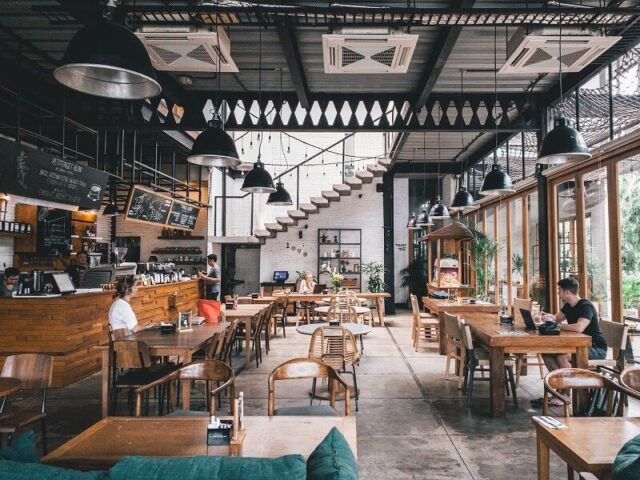
Whatever restaurant design you opt for, you need to make sure your layout is geared not just toward customer satisfaction but also to aid the flow of your overall business. In a post-COVID world, no one wants to be crammed in like sardines, and you need to make sure that people have the space they desire without it negatively impacting your capacity (and therefore earning potential).
If your outdoor areas, then these need to be well maintained and should be very high up in terms of their importance, not least because any potential future issues relating to health guidelines will make these areas hugely crucial for your business; indeed, they may help you stay afloat.
Make Tableware an Integral Part of Your Overall Design Plans
This is an example of where the maxim ‘less is more’ really can be genuinely true. The design of a restaurant or a re-design (if you are looking to rebrand an existing venture) is clearly a big deal, but as well as large sweeping changes you can make; there are smaller, but no less important, avenues you can take.
Tableware, as the name suggests, is everything that belongs on the table, and as part of a design ethos, you should look to make this an indicator of your overall direction. If your new design is akin to a family-friendly/warm and cozy vibe, then you can reflect this with your tableware selection.
If you are moving to a more upmarket vibe, then your tableware may be more minimal, but it still needs to reflect your shift. It’s everything from the napkins you offer to the cutlery that’s on display to the way your waiters bring out sauces. There are countless opportunities here to be clever, perhaps ingenious, in getting your message across here.
HVAC Should Not be Overlooked
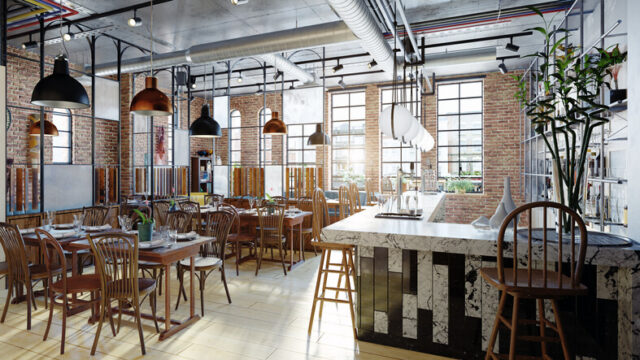
Heating, Ventilation, and Air Conditioning (HVAC) is a frequent term you’ll hear across the hospitality market, and it’s something that can not be ignored, especially during the design process.
Your customers need to feel comfortable in their surroundings, and issues related to heat, air, and kitchen odors can undoubtedly impact on the success, or lack thereof, of your business, so any design changes you make need to take good ventilation into consideration.
Storage Is Important
The design of your restaurant doesn’t just take into account the areas where your customers congregate by the bar or the tables where they dine; it should also include the kitchen and areas where food is stored.
You want to maximize the space you have, and in order to do so, the design of storage areas could prove vital. This isn’t just, so it’s easier for kitchen staff to manage but also to help you better prepare and budget your menus. For this reason, include the team in the process and ask them where better design could help them do their jobs to the best of their ability.

